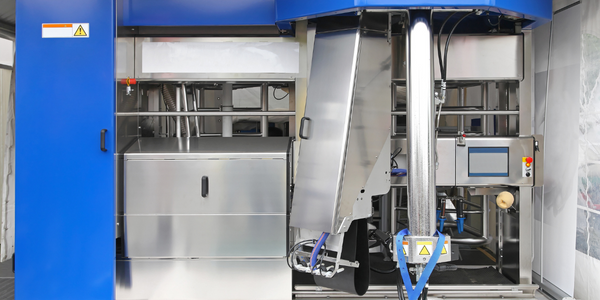Customer Company Size
Large Corporate
Region
- America
Country
- United States
Product
- Acumatica Manufacturing Edition
- Acumatica Intercompany Accounting
Tech Stack
- Cloud xRP platform
- Open API
Implementation Scale
- Enterprise-wide Deployment
Impact Metrics
- Productivity Improvements
- Cost Savings
Technology Category
- Functional Applications - Enterprise Resource Planning Systems (ERP)
Applicable Industries
- Agriculture
Applicable Functions
- Discrete Manufacturing
- Procurement
Use Cases
- Inventory Management
- Manufacturing System Automation
Services
- System Integration
About The Customer
Kelly Products, Inc. is an agribusiness company based in Covington, Georgia. The company began in 1993 with two goals: to produce a more efficient formulation and distribution system for plant protection products, and to create software to streamline the product registration process. This innovative spirit led to the creation of 13 businesses and brands, including Kelly Packaging, Contract Packaging, Kelly Registration Systems, Great Estates Landscaping, Christmas Décor by Great Estates, Farmview Market, Kelly Farm Operations, Kelly Outdoor Products Group, and AJC Precision. These businesses range from manufacturing services for formulation, packaging, and distribution, to offering licensing and registration software, to residential and commercial landscaping, to farming grass-fed cattle, hogs, heirloom corn, and commercial crops, to manufacturing hunting supplies, to providing custom fabrication.
The Challenge
Kelly Products, Inc. is a holding company for 13 diverse agribusiness brands. The company was operating on a legacy ERP system, with each new division having its own instance of the ERP. These instances were not connected and were managed by different people among the various businesses. This led to inconsistencies and difficulties when someone was out, as others were often unfamiliar with the specific business system’s coding and transaction process. Tracking inter-company transfers was also a challenge, as many transfers between businesses were paper-based and physically mailed from one company to another. This held up monthly reporting and increased chances for manual-entry errors. With its ERP solution nearing the end of its life, Kelly Products began looking for a new software solution.
The Solution
Kelly Products chose Acumatica, a modern, cloud-based ERP system with a robust intercompany module, that connected Kelly Products’ entire operation. Acumatica was affordable and easily handled intercompany transfers, allowing Kelly Products to automate financial reporting, inventory transfers, vendor payments, as well as cash management across its multiple related companies. From an IT perspective, Acumatica’s Cloud xRP platform and its open API, which enables developers to easily and quickly create customizations, connect external systems and build add-on solutions, impressed the team. Kelly Products has a software development business that built its own inventory control system and manufacturing resource planning package, both of which have been integrated with Acumatica.
Operational Impact
Quantitative Benefit

Case Study missing?
Start adding your own!
Register with your work email and create a new case study profile for your business.
Related Case Studies.
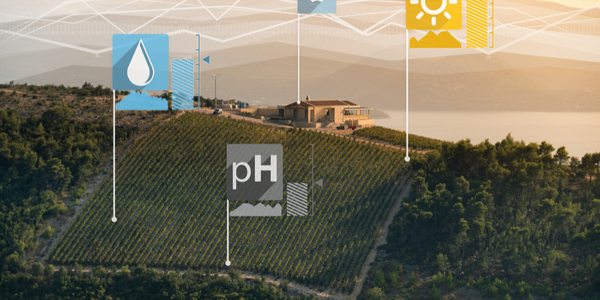
Case Study
Intelligent Farming with ThingWorx Analytics
Z Farms was facing three challenges: costly irrigation systems with water as a limited resource, narrow optimal ranges of soil moisture for growth with difficult maintenance and farm operators could not simply turn on irrigation systems like a faucet.
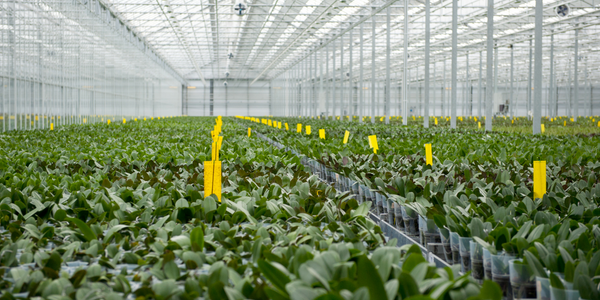
Case Study
Greenhouse Intelligent Monitoring and Control Solution
Farming Orchids is the most successful form of precision farming in Taiwan, and also the most exported flower. Orchids need a specific temperature and humidity conditions to grow and bloom, and its flowering time may not be in line with market demands, so the price collapses when there is overproduction. Therefore, some farmers began to import automated greenhouse control systems for breeding and forcing, which not only improves quality, but also effectively controls the production period and yield to ensure revenue. In 2012, an orchid farmer built a Forcing Greenhouse of about 200 pings (approximately 661 Square Meters) in Tainan, Taiwan. The system integrator adopted Advantech’s APAX-5000 series programmable automation controllers to build the control platform, coupled with Advantech WebAccess HMI/SCADA software, to achieve cloud monitoring. The staff of the orchid field can monitor important data anytime via smart phone, iPad, and other handheld devices, and control the growth and flowering conditions. System requirements: In the past, most environmental control systems of orchid greenhouses in Taiwan used PLCs (Programmable Logic Controller) with poorscalability and control, and could not be connected to the Internet formonitoring from the cloud. For advanced database analysis and networking capability, the PC platform must be adopted. Therefore, PAC Systems (Programmable Automation Controller) with both PLC programming capabilities andPC functions is a better choice.The environmental control of the Orchid greenhouse switches on and off devices like fan, shade net, cooling/heat pump, liquid flow control, water-cooling wall etc. It is controlled by a control panel of electric controllers, and is driven by a motor, to adjust the greenhouse temperature, humidity, and other environmental conditions to the set parameters.
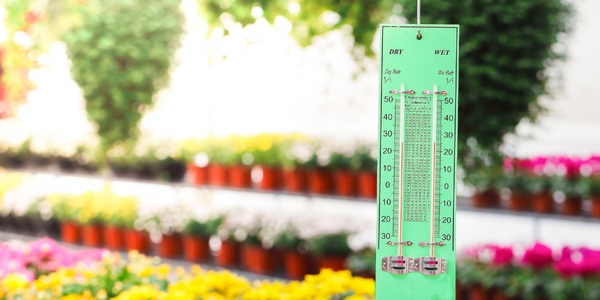
Case Study
Precision beekeeping with wireless temperature monitoring
Honeybees are insects of large economic value and provide a vital service to agriculture by pollinating a variety of crops. In addition, bees provide us with valuable products such as honey, beeswax, propolis, bee venom, etc. Monitoring of honeybee colony health, population, productivity, and environmental conditions affecting the colony health have always been exceedingly difficult tasks in apiculture. Research has shown that even small deviations (by more than 2°C) from the optimal temperatures have a significant influence on the development of the brood and the health of adult bees.
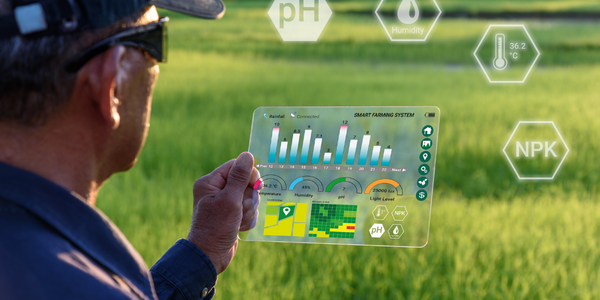
Case Study
Enabling Internet of Things Innovation in Agriculture
DigiBale, wanted to apply technology know-how and IP from implementations successfully to more agriculture sectors including cotton, forestry, sugarcane and cattle. However, farmers and growers still have worries about the connected technology.








